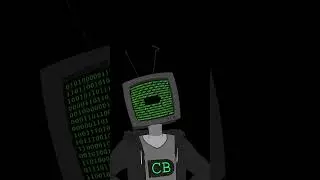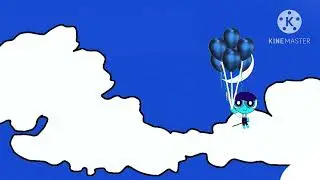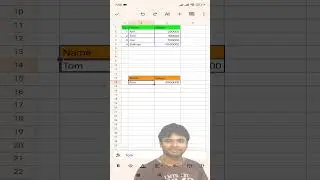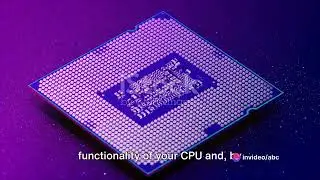Computer System Structure in operating systems (CMP)
Computer System Structure in Operating Systems
The structure of a computer system is fundamental to understanding how operating systems manage resources, execute tasks, and provide services to users and applications. This structure can be viewed in terms of hardware, software, and the interaction between the two.
#### Overview of Computer System Structure
1. **Hardware Components**:
**Central Processing Unit (CPU)**: Executes instructions and performs calculations. It consists of the control unit and the arithmetic logic unit (ALU).
**Memory**: Includes primary storage (RAM) for temporary data storage and secondary storage (HDD/SSD) for long-term data retention.
**Input/Output Devices**: Interfaces that allow interaction with the computer, such as keyboards, mice, monitors, printers, and network devices.
2. **Software Components**:
**Operating System (OS)**: The software that manages hardware resources and provides an interface for user interaction and application execution. It controls system processes, memory management, file systems, and device drivers.
**Application Software**: Programs that perform specific tasks for users, such as word processors, web browsers, and games.
#### Levels of Computer System Structure
1. **Hardware Level**:
The physical components of the computer system, including the CPU, memory, storage, and I/O devices.
2. **Firmware Level**:
Low-level software embedded in hardware that provides basic control and initialization functions, such as the BIOS or UEFI.
3. **Operating System Level**:
The OS acts as an intermediary between users/applications and hardware, managing resources and facilitating communication.
4. **Application Level**:
User-facing software that provides specific functionalities. Applications utilize OS services to interact with hardware.
#### Interaction Between Levels
**User Interaction**: Users interact with applications, which in turn communicate with the OS to request hardware access and services.
**System Calls**: Applications use system calls to request services from the OS, such as file operations, process control, and memory management.
**Interrupts**: Hardware devices can send interrupts to the CPU to signal events that require immediate attention, allowing for efficient resource management.
#### Structure Models
1. **Monolithic Structure**:
The OS is a single, large program that handles all system functions. This structure is efficient but can be complex to maintain.
2. **Microkernel Structure**:
The OS is divided into small, modular components, with a minimal kernel providing basic services. Additional services run in user space, improving modularity and flexibility.
3. **Layered Structure**:
The OS is organized into layers, each providing specific functionalities. Higher layers use services provided by lower layers, promoting separation of concerns.
4. **Client-Server Model**:
A distributed approach where clients request services from servers. This model enhances resource sharing and scalability.
#### Conclusion
The structure of computer systems is crucial for the design and functionality of operating systems. Understanding how hardware, firmware, the OS, and applications interact helps in optimizing performance, improving system reliability, and enhancing user experience. As technology evolves, these structures may adapt to accommodate new computing paradigms, such as cloud computing and distributed systems.



















